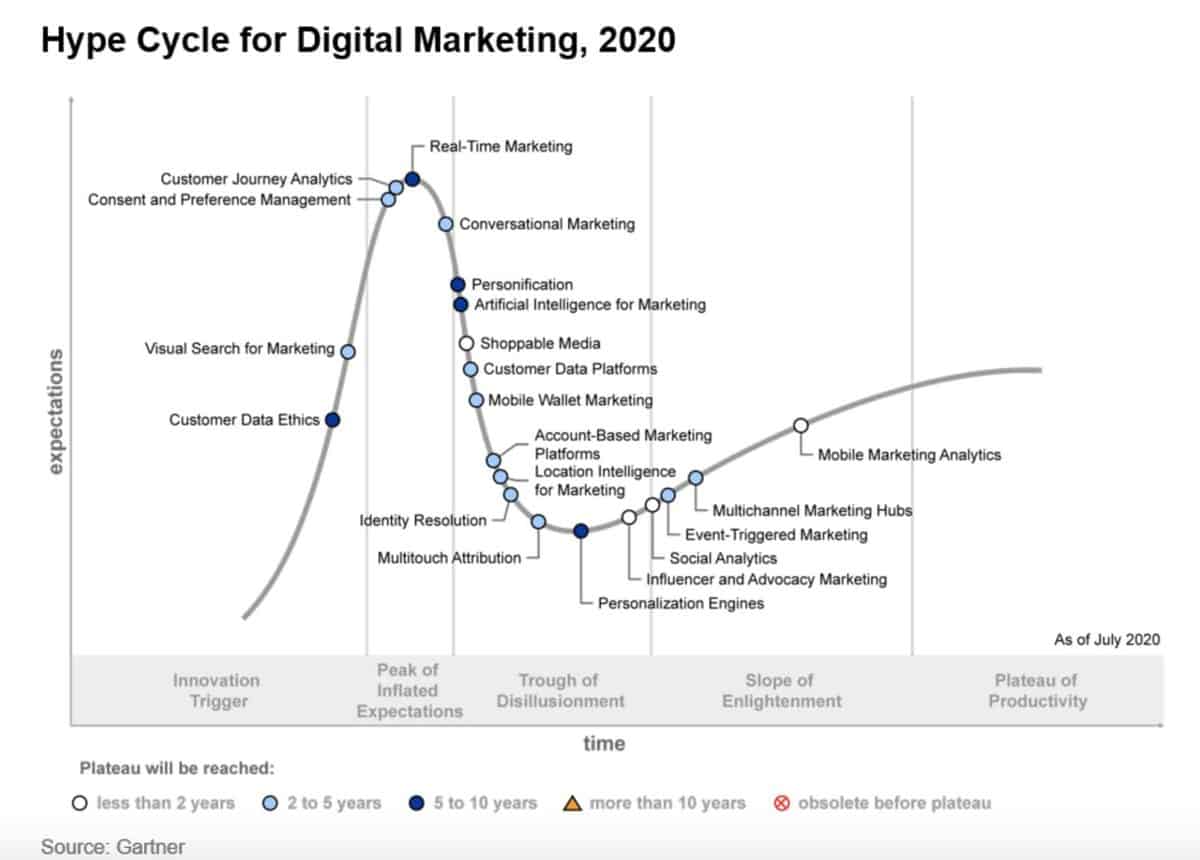

Clearly, eliminating the remote work model is not yet on the table.īy imposing security policies using cloud-centric strategies, SSE technologies have greatly assisted employees. According to the State of IT Annual Report, 35% of firms wanted to boost their IT budget and support remote employees in 2023. The hybrid model has thrived due to a shift in mindset. While the hurdles of abruptly transitioning to a new work environment were earth-shattering during the pandemic, with the appropriate policies and technology, enterprises are seeing the benefits of remote working. Here are a few more reasons that SSE will continue to be relevant in 2023 and beyond. This is significant, as 24% of cybersecurity professionals ranked management complexity across multiple UIs as their second most difficult challenge in the 2023 Security Service Edge (SSE) Adoption Report.

By consolidating security infrastructure management and deploying standard rules and configurations across the network, SSE ensures that IT staff are handling fewer UIs. Many firms today also struggle with multiple security products, leading to product sprawl. As a result, it will improve cybersecurity, management, and hybrid organizational demands within three to five years. SSE minimizes inconsistencies, simplifies security architecture modifications, and centralizes security policy and configuration updates. 2 It is also anticipated that by 2025, 8 out of 10 enterprises will unify web, cloud services, and remote resource access on a single vendor's SSE platform. This estimate is in keeping with the projected increase of the SASE market, which is expected to reach USD 4,874.75 million in 2023. Why SSE is Here to StayĪs per Gartner's Top Eight Cybersecurity Trend Predictions for 2022-23 1, the SSE adoption curve will only increase. It also simplifies management and enables enterprises to securely access internal applications, the Internet, and SaaS apps. SSE simplifies security architecture across multiple-point solutions, making it easier for organizations to manage and secure their digital assets while reducing the complexity of their security infrastructure. While SSE is particularly useful in securing cloud data in storage and transit, its benefits extend far beyond the cloud. It provides cost-effective, compliant, and regulated security solutions that help organizations protect their critical assets, from devices to networks, applications, and data centers. SSE is a holistic security framework covering a broad range of security concerns, including but not limited to cloud and data security. Gartner's introduction of Secure Service Edge (SSE) in late 2021 marked the emergence of a new cybersecurity concept that goes beyond cloud security. At the same time, the security issues posed by the cloud have emerged as an area of concern.

This vital technology empowers firms to retain their business continuity amid disruption. The remote work trend, fueled by the pandemic, would not have been possible without the ubiquitousness of the cloud. Remote workers today can collaborate and communicate effectively using the same tools and resources as their in-office counterparts.


 0 kommentar(er)
0 kommentar(er)
